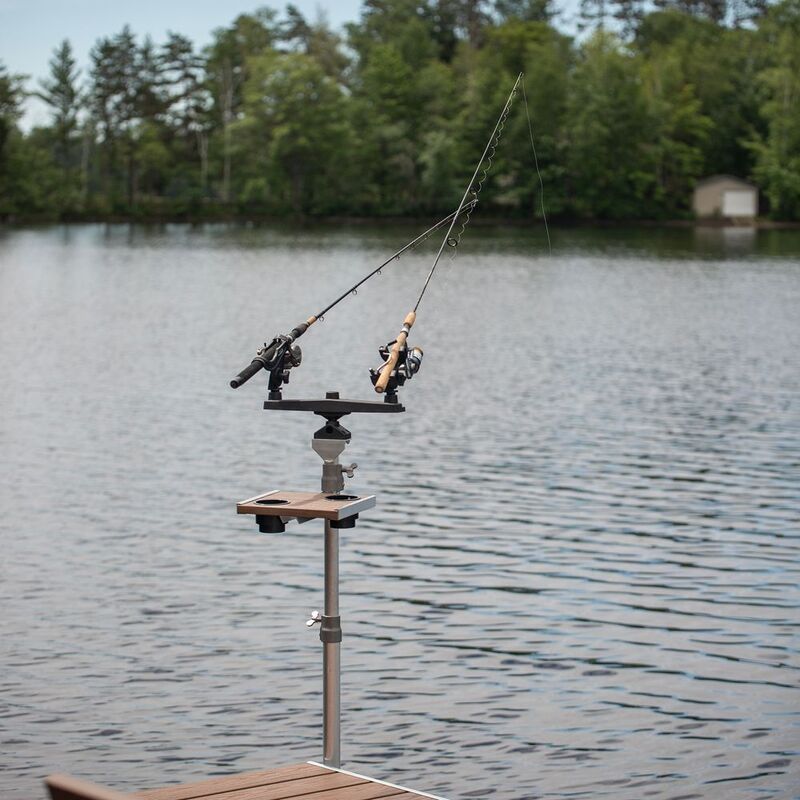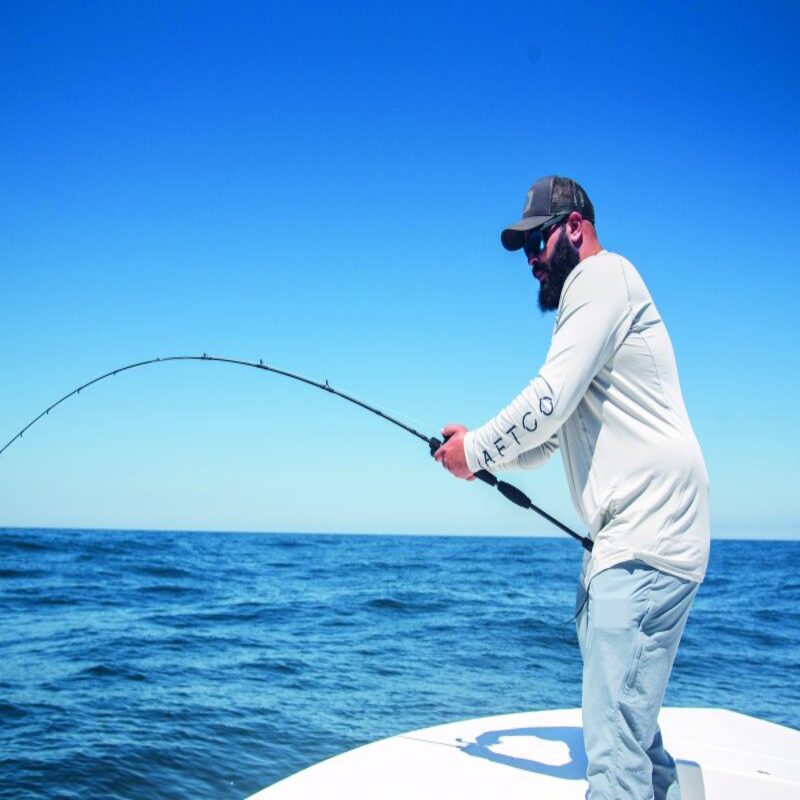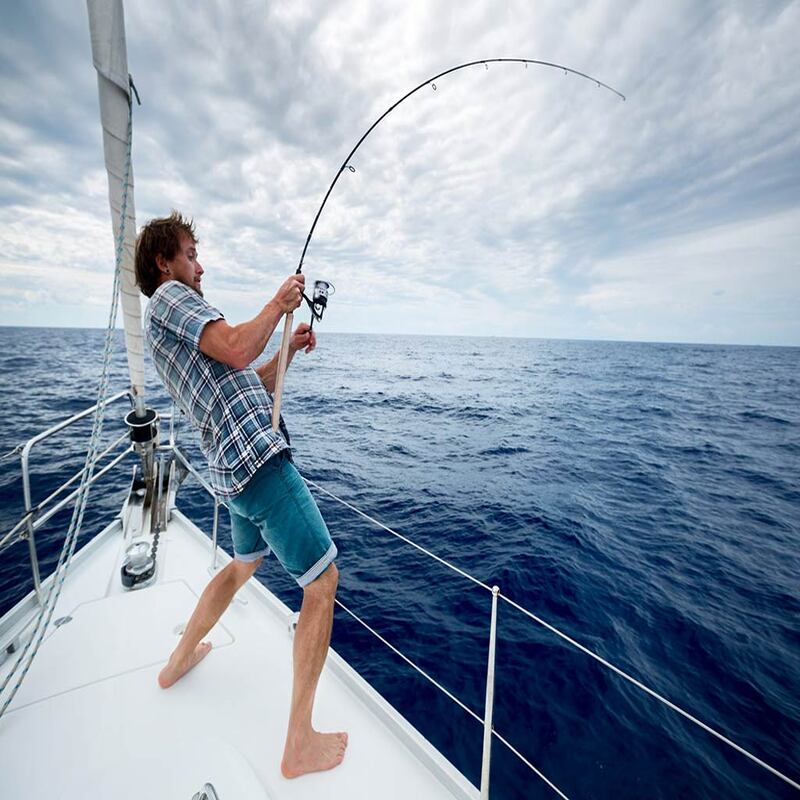Fishing, a calm yet exhilarating pastime, requires a few foundational skills. One primary skill is how to properly hold a fishing rod. This seemingly simple task can greatly impact your success on any fishing trip. With a proper grip, you can enhance your casting accuracy and maintain better control over your catch. Understanding the nuances of rod handling can lead to a more enjoyable experience. In this article, we will explore the essentials of rod grip, positioning, and techniques. By mastering these elements, you can optimize your fishing skills.
A proper grip is the starting point for effective rod handling. Inspect your rod and reel setup first. Then, choose a grip style that suits your fishing technique. For instance, the basic grip involves holding the rod between your thumb and fingers. Keeping your hand relaxed allows for better control. Additionally, variable grip styles are utilized depending on the type of fishing you are doing. Each grip has its strengths and weaknesses, yet all enhance your ability to connect with fish.
Basic Grip Techniques
The most common grip technique is the standard grip. This style involves holding the rod with three fingers beneath the reel. The index finger should rest along the side of the rod. This technique provides stability when casting and reeling. Furthermore, a loose yet firm grip will allow for effortless control. Beginners often find this style easy to master.
Another essential grip technique is the forefinger grip. This grip has your index finger resting directly on the blank of the rod. It is commonly used when targeting species that require finesse. Your finger acts as an indicator of bites. This technique gives you the greatest sensitivity to the fish’s movements. More experienced anglers prefer this method for its responsiveness.
Choosing Between Rod Types
The type of fishing rod used can affect your grip style. For heavy-duty surfcasting rods, a strong grip provides the necessary force for long casts. Using both hands on the rod’s handle enhances stability, especially when battling big fish. In contrast, lighter rods may require different approaches. A lighter, more sensitive rod allows for finesse techniques. Thus, adapting your grip to your rod type increases overall effectiveness.
Understanding the construction of your rod also affects your grip. For example, a cork handle can feel different than a rubber handle. The material’s texture and feel can influence how you hold fishing rod. Choose a style that feels comfortable in your hand, as comfort is essential for long fishing sessions.

The Importance of Posture
Posture is as vital as grip when handling a fishing rod. Standing or sitting upright helps maintain balance. Poor posture can lead to fatigue and decreased control, hindering your performance. Good posture allows for unhindered casting and reeling motions. Furthermore, keeping your shoulders relaxed helps maintain a fluid fishing experience.
The Standing Position
When standing, distribute your weight evenly between both feet. This stance gives you a stable base for casting. Keeping your knees slightly bent allows for better mobility. As you prepare to cast, shift your weight to your back foot. This motion generates momentum for a smoother casting action. Moreover, keep your torso engaged while extending the rod forward.
Additionally, when reeling in fish, maintain your posture. Leaning back may lead to missed opportunities. Instead, keep your elbows close to your body. This positioning helps to maintain tension on your line and improves your response time.
The Sitting Position
A sitting position offers comfort during long fishing trips. However, it also requires specific techniques for effective rod handling. When sitting, keep your feet firmly planted. Crossed legs may hinder mobility. Place the rod across your lap for easy access. However, avoid resting it too low; this can lead to awkward angles.
When casting from a seated position, engage your core for stability. Use your shoulders to flick the rod forward. This motion helps achieve distance even while sitting. When a fish bites, quickly lift your rod to set the hook. This technique avoids losing the catch due to delayed reactions.
Mastering the Cast
Proper casting technique is essential for successful fishing. How you hold your fishing rod plays a crucial role. Start by gripping the rod firmly, applying appropriate pressure. This pressure will ensure the rod doesn’t slip from your grasp during the cast. Furthermore, your wrist should remain relaxed. A tense wrist may lead to inaccurate or weak casts.
The Back Cast
Begin your cast by lifting the rod behind you. Maintain a consistent angle to create tension in the line. This back cast should be smooth and controlled. A rushed motion may result in tangles or inadequate distance. Focus on the apex of your back cast. At this point, pause momentarily to build momentum.
,As you prepare for the forward cast, shift your weight from your back foot to your front foot. This shift generates additional force. Then, flick your wrist forward while smoothly transferring energy from your legs through your core. Maintain your grip for better control of the rod as you complete the cast.
The Follow-Through
After releasing the line, follow through with your casting motion. This technique involves extending the rod forward, ensuring accuracy. Allow the rod tip to finish high, steadying your control. Following through also helps eliminate line slack. A smooth follow-through allows for precise placement of the bait or lure.
Next, observe your surroundings. That awareness can inform your next move. Consider the water conditions, weather, and possible fish locations. Adjust your grip or position accordingly for maximum effectiveness.

Handling Fish with Confidence
After successfully hooking a fish, handling it confidently is crucial. Your grip on the rod will directly impact your ability to land your catch. Maintain a firm hold and keep the rod positioned at an angle. This angle helps prevent line breaks and guarantees better leverage.
Controlling the Fight
As the fish fights, your grip and stance play significant roles. Use your forearm for leverage, holding the rod at a 45-degree angle. This position applies pressure on the fish while reducing the risk of snapping the line. Conversely, if the fish dives deep, point your rod tip downwards. A dynamic approach helps control the fight.
Continue to reel in smoothly during the fight. Your hand should remain relaxed. A tense grip may lead to fatigue, hindering your ability to reel in successfully. Trust your instincts and remain aware of the line tension. Breathe steadily and stay calm—this will improve your reaction time.
Landing the Fish
Once you’ve exhausted the fish, it’s time to land it. Adjust your grip—keep a strong hold of the rod while you use your free hand to manage the fish. As you pull the fish closer, lower the rod’s tip. This technique avoids breaking the line. At this point, you should have a net or a towel nearby for assistance.
When netting the fish, ensure the net is angled correctly. Gently scoop it under to avoid unnecessary harm. If a fish slips away, do not lose composure. Stay focused and ready to react. Remember, fishing is about patience and skill.

Conclusion
In summary, mastering how to hold a fishing rod is an essential skill for successful fishing. From grip techniques to posture, these elements significantly impact your overall performance. Moreover, learning to cast and handle fish with confidence enhances your fishing experience. Whether you are a beginner or a seasoned angler, refining these skills allows for growth.
Applying these techniques will help you maximize your time on the water. Remember, consistency is key in any skill development process. As you practice holding your fishing rod, don’t forget to remain adaptable. The more you fish, the more comfortable you will become. Your journey into the world of fishing promises to be rewarding, both with patience and skill. Happy fishing!


















